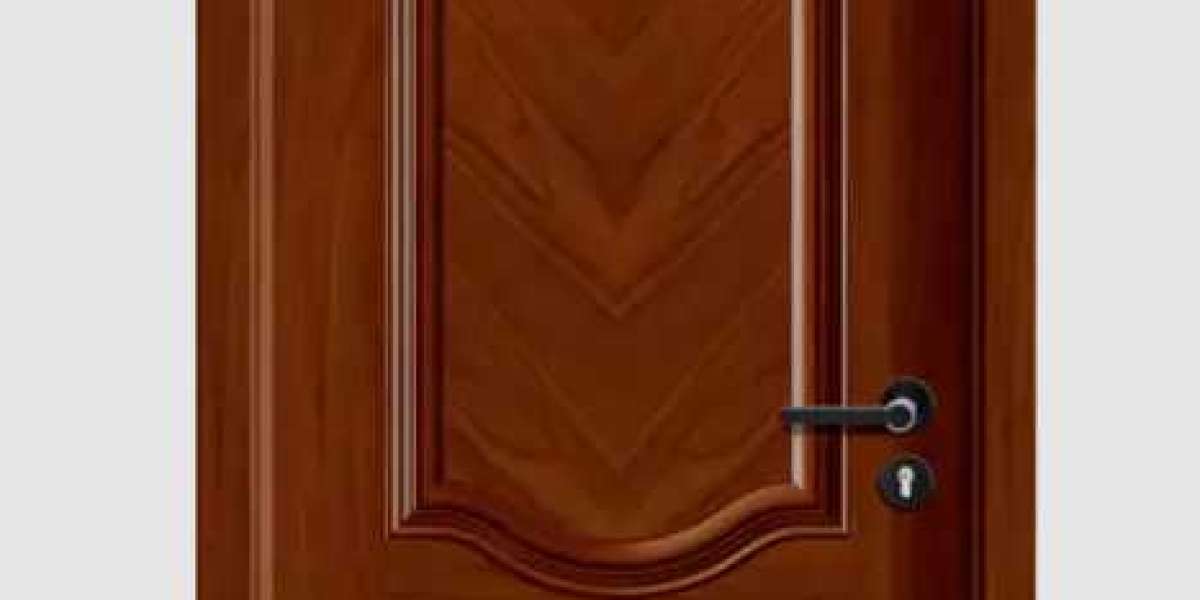A melamine door skin is more than a decorative layer; it is a carefully engineered composite that balances visual appeal, mechanical strength, and long-term maintenance ease. By fusing a resin-impregnated decorative sheet to an MDF or particleboard core under heat and pressure, manufacturers deliver a surface that meets the daily demands of homes, hotels, hospitals, and offices without relying on costly solid timber.
First, surface hardness. The thermosetting resin creates a cross-linked network that resists scratches from keys, luggage wheels, or cleaning carts. Standard pencil hardness tests show no visible mark at 2H load, making the melamine door skin suitable for high-traffic corridors where scuffs would otherwise accumulate.
Second, moisture stability. The resin layer acts as a barrier, limiting dimensional change to less than 0.3 % when relative humidity swings between 30 % and 85 %. This stability prevents seasonal sticking or visible gaps, reducing callbacks for installers and maintenance teams.
Third, colour consistency. Decorative papers are printed with fade-resistant inks and then overlaid with a transparent melamine film. Digital spectrophotometer checks keep ΔE under 0.4 between batches, ensuring that a hotel corridor of fifty doors still presents a uniform appearance under both daylight and LED lighting.
Fourth, chemical resistance. Common household cleaners, hand sanitizers, and mild acids leave no stain after a 24-hour contact test. Healthcare facilities value this property when specifying doors near patient rooms where disinfectant wipes are used daily.
Fifth, sustainability credentials. The core is manufactured from fast-growing plantation fibre, and the surface layer uses formaldehyde-free resin systems that meet indoor air-quality standards. Off-cuts are recycled into new core material, supporting circular manufacturing goals.
Sixth, acoustic and fire performance. When bonded to a solid-core or honeycomb substrate, the melamine door skin contributes an additional 2–3 dB reduction in sound transmission and can be paired with fire-rated cores to achieve 30- or 60-minute certifications without extra thickness.
Seventh, cost predictability. Compared with solid wood or veneer, the melamine door skin requires minimal finishing on site. A single factory-applied topcoat eliminates sanding, priming, and multiple paint layers, cutting installation labour and material budgets.
From scratch resistance to sustainable sourcing, the melamine door skin delivers a balanced set of advantages that support both design intent and long-term operational goals.
Search
Popular Posts






